The company has faced two main issues related to communications and the spacecraft rotation rate — and it’s largely solved both those problems.
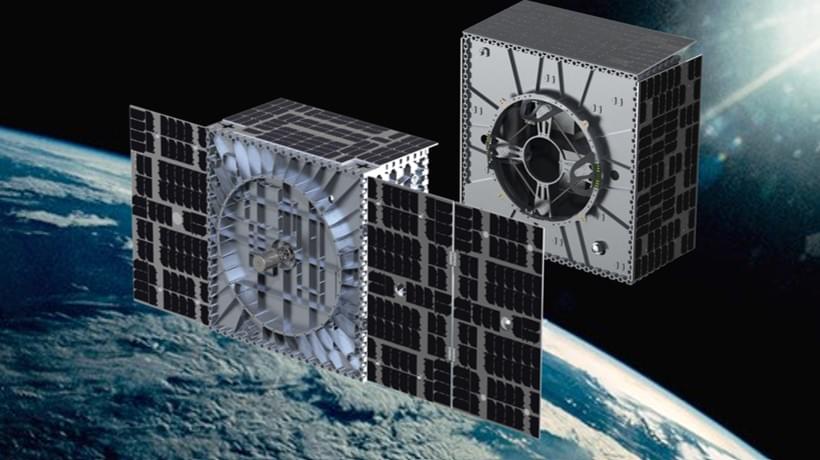


And the g-forces???
Rockets being passé, China is working on using an electromagnetic railgun to launch crewed spacecraft the size of a Boeing 737, weighing 50 tonnes, into orbit. This remarkably ambitious project is even more ambitious than it seems at first glance.
Call it a railgun, a catapult, or a mass driver, the idea of replacing rockets with an electromagnetic accelerator is a very attractive option. Instead of lifting off on chemical rockets that have to carry fuel and fuel to lift the fuel and fuel to lift the fuel and the additional fuel, it makes more sense to keep as much of the launching system on the ground while leaving the vehicle as light as possible.
The principle behind such a space railgun is simple, but the details are surprisingly complex and the numbers involved very quickly become daunting. If China can carry off using such a system to launch a spaceplane as part of its Tengyun project that began in 2016, it would be one of history’s major engineering achievements.
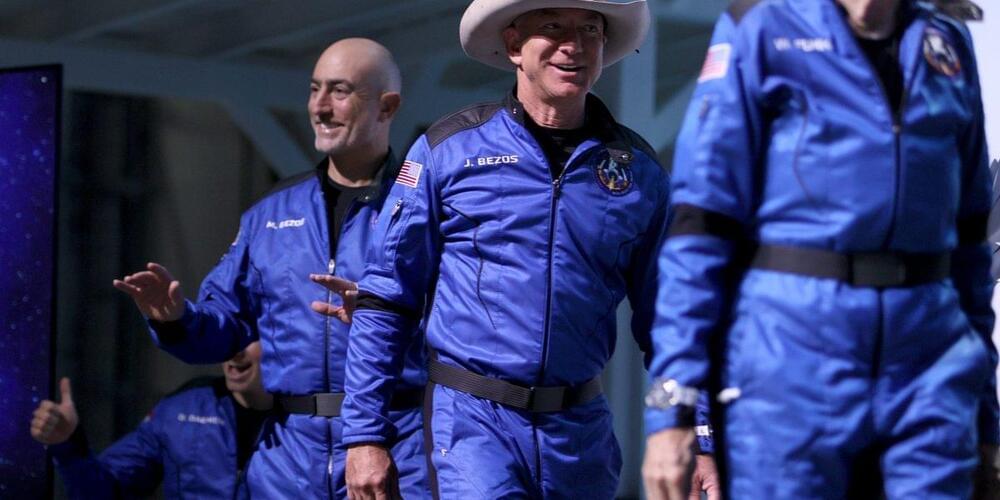
SpaceX’s Starship, despite facing challenges and setbacks, is on the verge of its fourth flight with upgraded engines and is poised to revolutionize space travel with its unprecedented lift capacity.
Questions to inspire discussion.
What is the current status of SpaceX’s Starship?
—The Starship is on the verge of its fourth flight with upgraded engines.
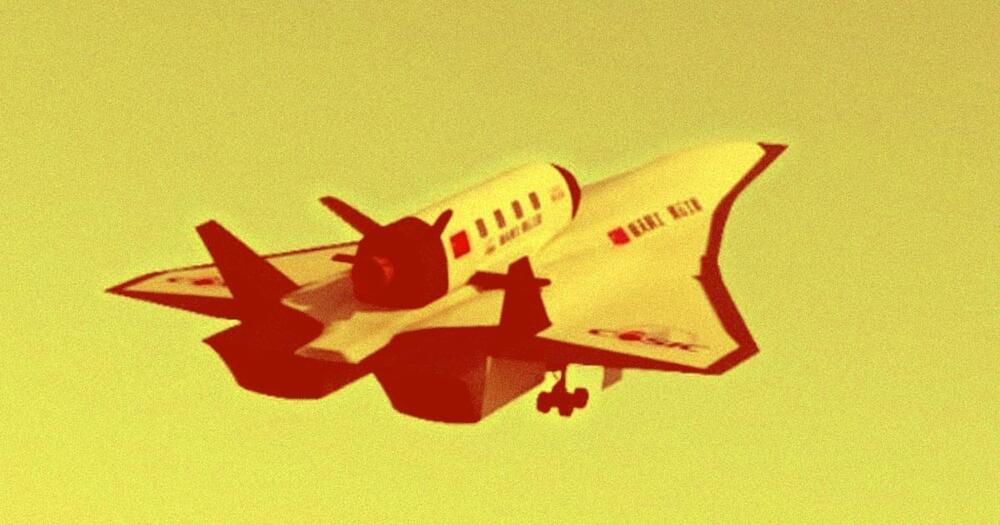
Chinese scientists are working on a giant electromagnetic launch track to launch a massive 50-ton spaceplane — longer than a Boeing 737 — into orbit.
As the South China Morning Post reports, the “giant rail gun” system is designed to accelerate a hypersonic aircraft to speeds of up to Mach 1.6. Once it reaches the end of the track, its engine then accelerates it to the edge of space at seven times the speed of sound.
If actually built, it could greatly cut down on the amount of fuel such a craft would need to get to space, allowing it to carry bigger payloads — and save a considerable amount of money as well.
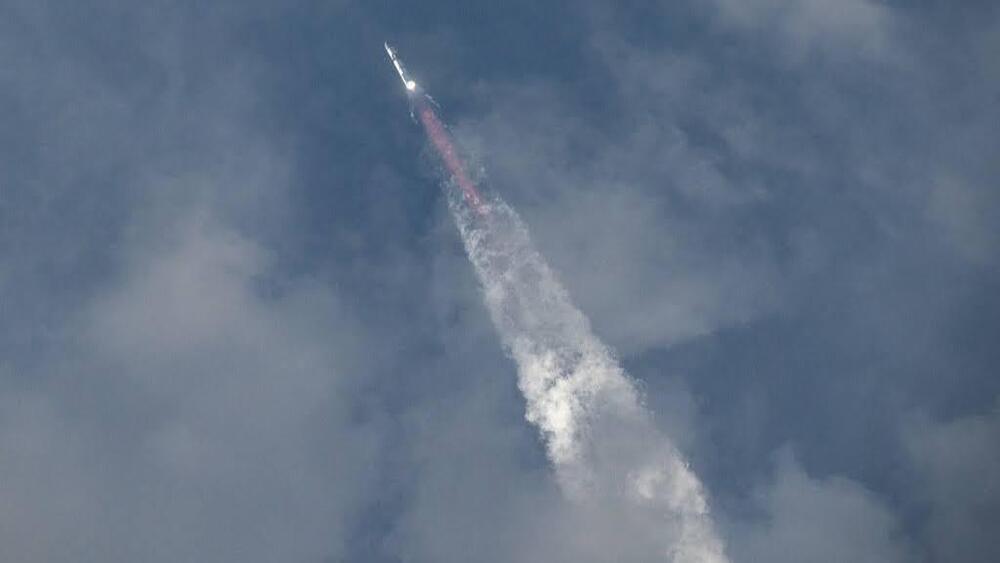
Discover why 4,500+ pros recommend Nutrafol. Use code WAI at https://nutrafol.com/ for $10 off your first month!
OUT NOW!!! IFT3 Shirt: https://whataboutit.myspreadshop.com/.…
The third Starship launched! How did it go? Does anything require repairs, and why did it tumble? Dream Chaser is gearing up for the launch, and ABL Space is back in action!
#SpaceX #starship #elonmusk #starbase.
▶️Patreon: https://www.wai.to/patreon.
▶️WAI Hub: https://www.whataboutit.space.
▶️Redline Helicopters: https://wai.to/redlineheli.
▶️Merch Store US: https://whataboutit.myspreadshop.com/
▶️Merch Store EU: https://whataboutit.myspreadshop.de/
▶️WAI Orbit: In collaboration with our friends at SkyFi: / skyfiapp.
▶️X (Twitter): https://www.x.com/FelixSchlang.
▶️Instagram: / felixschlang.
▶️Facebook: / waispace.
▶️WAI Spotify Playlist: https://spoti.fi/39tmULH
Editing: John Young, Alex Potvin, Stefanie Schlang.
https://www.freethink.com/space/space-elevator 📸: VectorMine / Adobe Stock
The researchers are still working on the issue of scaling up production, but in 2021, state-owned news outlet Xinhua released a video depicting an in-development concept, called “Sky Ladder,” that would consist of space elevators above Earth and the moon.
After riding up the Earth-based space elevator, a capsule would fly to a space station attached to the tether of the moon-based one. If the project could be pulled off — a huge if — China predicts Sky Ladder could cut the cost of sending people and goods to the moon by 96%.
In the 120 years since Tsiolkovsky looked at the Eiffel Tower and thought way bigger, tremendous progress has been made developing materials with the properties needed for a space elevator. At this point, it seems likely we could one day have a material that can be manufactured at the scale needed for a tether — but by the time that happens, the need for a space elevator may have evaporated.
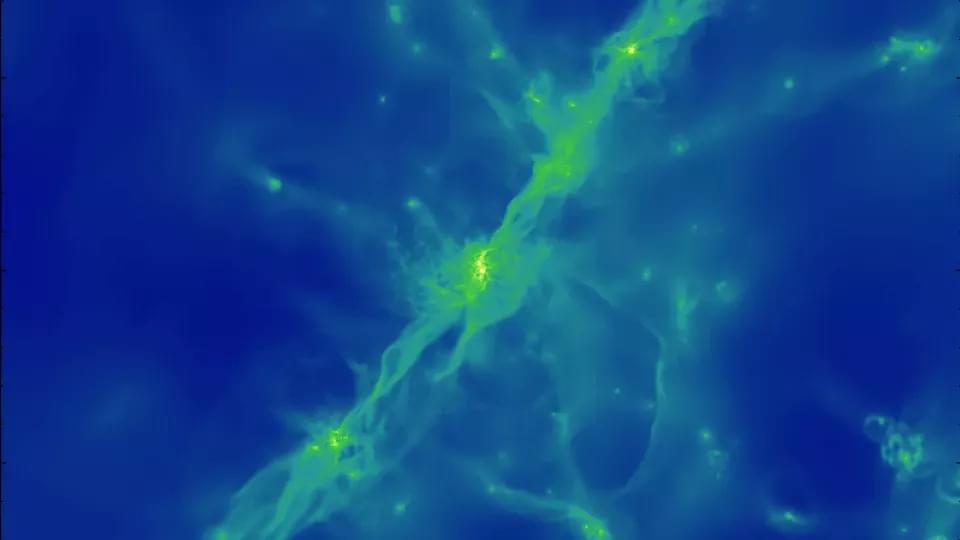
Astronomers can use supercomputers to simulate the formation of galaxies from the Big Bang 13.8 billion years ago to the present day. But there are a number of sources of error. An international research team, led by researchers in Lund, has spent a hundred million computer hours over eight years trying to correct these.
The last decade has seen major advances in computer simulations that can realistically calculate how galaxies form. These cosmological simulations are crucial to our understanding of where galaxies, stars and planets come from. However, the predictions from such models are affected by limitations in the resolution of the simulations, as well as assumptions about a number of factors, such as how stars live and die and the evolution of the interstellar medium.
To minimise the sources of error and produce more accurate simulations, 160 researchers from 60 higher education institutions – led by Santi Roca-Fàbrega at Lund University, Ji-hoon Kim at Seoul National University and Joel R. Primack at the University of California – have collaborated and now present the results of the largest comparison of simulations done ever.

The first thing many media seem not to understand is the methodology followed by Space X, which is completely different from what the traditional aerospace builders do. While the latter prefer to spend their money on a long project life cycle, including long requirements discussion, and meticulous and detailed test engineering and integration phases, Space X opts for a methodology closer to the experimental scientific method: draw essential requirements, build a prototype, test, fail, learn from failures, build a new improved prototype, and try again. Each reiteration adds quality to the project, up to a point when the prototype is working well, and Falcon 9 (as a sample) becomes the space workhorse with any more competitors in the world. Is that so hard to be understood, for journalists?When a traditional project fails, many billions are wasted, and many years of work are canceled. When a “normal” failure occurs during Space X’s reiterative project development, very less resources are wasted. And, after all, during the expendable rockets’ age, all the rockets were always wasted, at every launch! The difference is incomparable. Another advantage of this method is its high flexibility. If a project lasts 10 years, it is difficult to take advantage of the technological advances: switching to new technology in a project initiated many years ago forces heavy requirements reviews and unavoidable delays. In a fail-and-repeat project, new technologies and new ideas can be adopted more easily and more quickly, as demonstrated by the thousands of changes and improvements applied to the different starships, super-heavy boosters, and raptor engine prototypes throughout history. Despite the misfortune bearers and the envious, the methodology works. The success of Space X in the launchers market doesn’t lie.
Starship 28 and the Super-Heavy Booster 10 made most of the expected work, and even more than what was expected: while the suborbital altitude was planned, the Starship spacecraft reached 230 km, a low Earth orbit altitude at more than 26,200 km/h. several tests were conducted after the engine cutoff, including a propellant transfer demo and payload dispenser test.
Only two operations have failed. The booster couldn’t make it to descend vertically on its engines, since only 3 of them reignited, and splashed in the Mexican Gulf at little more than 1,000 km/h. The Starship failed during the re-entry in the atmosphere, in the Indian Ocean. We could observe many insulating tiles flying away from the Starship’s body during the first part of the re-entry. At an altitude of 65 km, telemetry from Ship 28 was lost, and the vehicle was destroyed before splashing in the sea.